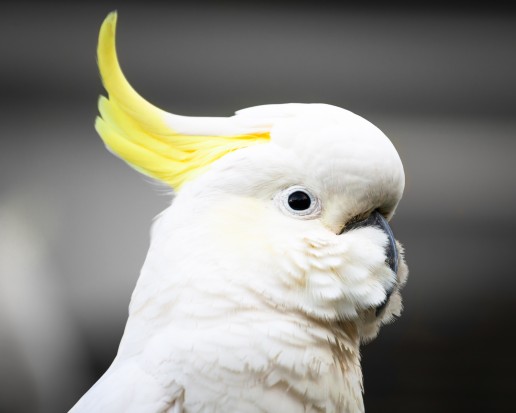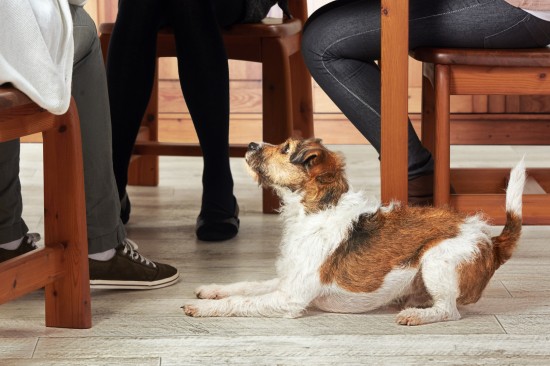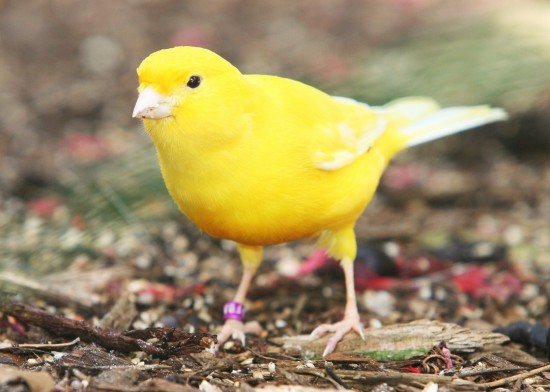
A shih tzu mother’s instinct to nurture begins with her first
shih tzu puppy delivery. Praise your shih tzu mother through
labor and delivery. Try not to express disgust, fear or
overexcitement. A breeder’s expressions and emotions can have a
deleterious effect on the shih tzu mother’s attitude. If you
fail to offer your shih tzu mother adequate emotional support,
she could, in the rarer cases, refuse care of her litter.
The first thing seen in a normal birth is a partial emergence of
a grayish blue (slimy-looking) sac from the shih tzu’s vulva.
However, I have seen many normal shih tzu deliveries in which
this sac does not appear. If the sac is present, do not be
alarmed, and do not try to burst the sac. This sac contains the
first shih tzu puppy. Usually the shih tzu is able to deliver
the sac containing the shih tzu puppy onto the whelping box
floor by her second contracture or third strong contraction.
Remain calm. Your attitude right now can prove crucial to the
shih tzu mother’s acceptance and care of her offspring. Usually,
but not always the shih tzu will deliver the placenta
(afterbirth) directly after each shih tzu puppy. Some shih tzu
will turn to eat the placenta first, then go on to eat the sac,
tearing it from around the shih tzu puppy’s face and body. As
the shih tzu ingest all evidence of a fresh birth, she will
shake the new whelp still attached to the placenta by its
umbilical cord.
Three events are taking place. First, instinct demands that all
strongly-scented bloody evidence of a fresh birth be destroyed.
In the wild, a fresh birth would attract predators to a whelping
den’s site. Instinct prepares the shih tzu mother to quickly get
rid of all evidence of the fresh birth. Second, the placenta
contains precise nutrients vital to the shih tzu mother that
help to nourish her during a time when her strength is less than
optimal. Included in these nutrients are those assisting the
whelping shih tzu to maintain strong contractures. Some breeders
will contend the shih tzu should not eat the placenta or at
least not all of them. I believe in allowing instinct to rule
and I allow my shih tzu mothers to eat all the evidence of a
fresh birth. If timing is right, I may remove one placenta.
Thirdly, during these moments a shih tzu mother ingests the sac
and afterbirth, she stimulates the shih tzu puppy to an
independent life, toward breathing on its own. When the entire
process is left to the shih tzu mother and assuming the shih tzu
mother is abiding by her natural instinct, I have seen the
puppies seem to become lively and thrive much better than if I
have to help in the process. Not all shih tzu mothers do what
they are suppose to do, and in these cases, a breeder must act
quickly to save the newly whelped shih tzu puppy.
If the shih tzu mother is tending to the placenta first, you
must act quickly and manually tear the sac from the shih tzu
puppy’s head. Do not remove the shih tzu puppy from its
proximity to the shih tzu mother. Once the sac is torn
especially away from the shih tzu puppy’s face, carefully pick
the shih tzu puppy up, holding it a few inches off the whelping
box floor to make it easier for the shih tzu mother to crush and
sever the cord. This action provides a clotting of blood coming
from the cord and ties off the cord naturally. Allow the shih
tzu mother to grind and gnaw the umbilical cord. The
grinding-crunching sound heard is that of the shih tzu mother
severing the cord from the placenta. If the shih tzu mother
refuses to sever the cord within a few minutes of birthing a
shih tzu puppy, clamp the cord with sterilized hemostats
approximately two inches from the shih tzu puppy’s abdomen, and
cut the cord with sterilized surgical scissors. Dot blood
clotting powder on the cord to stop the bleeding (this is the
same powder that is used to stop bleeding when clipping
toenails). In some cases, you might need to apply some Neosporin
Ointment to prevent infection around the umbilical cord.
 Sulphur Crested Cockatoo
Sulphur Crested C
Sulphur Crested Cockatoo
Sulphur Crested C
 Does Your Dog Beg For Snacks ? It Could Be Why Theyre Piling On The Pounds
Does Your Dog Beg
Does Your Dog Beg For Snacks ? It Could Be Why Theyre Piling On The Pounds
Does Your Dog Beg
 All About The Canary
All About The Can
All About The Canary
All About The Can
 Which Dog Leash Is A Better Choice?
Which Dog Leash Is A Better Choice?
When you a
Which Dog Leash Is A Better Choice?
Which Dog Leash Is A Better Choice?
When you a
 Dog Barking - How To Stop Your Dog From Barking
Dog Barking - How
Dog Barking - How To Stop Your Dog From Barking
Dog Barking - How
Copyright © 2005-2016 Pet Information All Rights Reserved
Contact us: www162date@outlook.com